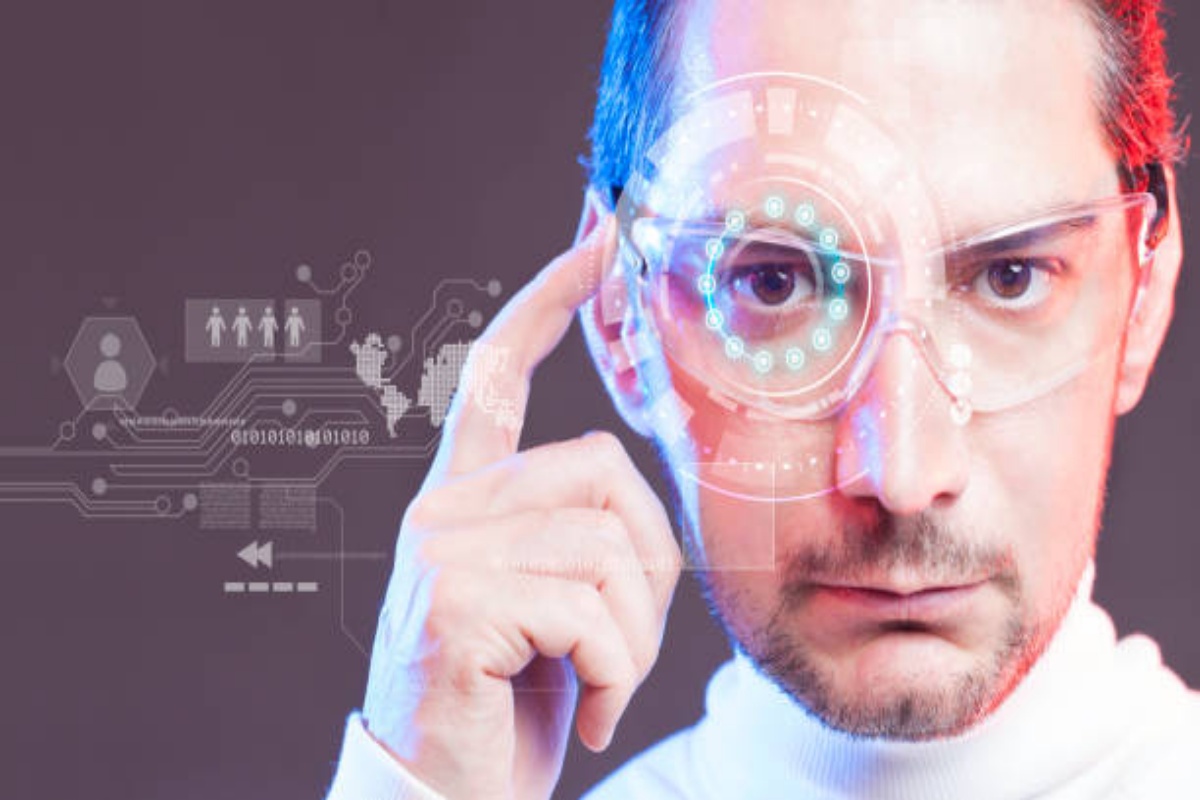Large Language Models (LLMs), such as GPT, Claude, Gemini, and others, have rapidly transformed the way humans interact with machines. These models, built upon billions (and soon trillions) of parameters, have already reshaped sectors ranging from education and healthcare to entertainment and software development. However, what lies ahead is far more transformative — a future where LLMs become deeply integrated into our daily lives, decision-making processes, and even our sense of creativity and intelligence.
1. Exponential Advances in Model Capabilities
a. Beyond Text: Multimodal Mastery
The future LLMs won’t be limited to text. They will process and generate images, video, audio, code, 3D models, and even haptics seamlessly. Multimodal models will enable more immersive experiences — imagine a single AI system that can write a novel, create a cinematic trailer for it, generate a virtual world where readers can explore its universe, and even compose a soundtrack that reflects its mood.
b. Reasoning and Agency
LLMs will evolve from passive responders to autonomous agents capable of goal-directed behavior. They will:
- Plan complex sequences of actions.
- Interface with tools and APIs to gather real-time data.
- Coordinate with other AIs to complete tasks.
This opens the door to AI assistants that can manage your entire business workflow, conduct scientific research, or even function as legal aides or medical diagnosticians with real-time data and deep contextual understanding.
2. Democratization and Ubiquity
a. AI for All
As compute becomes more efficient and open-source models improve, high-quality LLMs will be available to individuals and small organizations globally. Much like the smartphone revolution, LLMs will empower creators, students, and professionals in developing countries — leveling the global playing field.
b. Ambient Intelligence
LLMs will become invisible, embedded assistants across devices and environments — cars, home appliances, wearable tech, smart homes, AR glasses. Your AI might:
- Whisper reminders during meetings.
- Help you navigate emotional conversations.
- Cook alongside you in the kitchen with real-time audio-visual feedback.
3. Human-AI Collaboration and Creativity
a. Amplified Creativity
Writers, musicians, architects, and filmmakers will co-create with LLMs. These models will act as creative sparring partners, suggesting plot twists, designing visual concepts, or refining musical compositions. The result will be new hybrid art forms born from human-AI synergy.
b. Personalized Learning and Growth
Education will be personalized down to the individual level:
- AI tutors will adapt to your pace, mood, and curiosity.
- Learning will become conversational, exploratory, and deeply engaging.
- Lifelong learning will be normal, with AIs helping people continuously reskill.
4. Ethical Frontiers and Societal Impact
a. Alignment and Safety
With growing power comes greater risk. Advanced LLMs must be aligned with human values. This includes:
- Avoiding harmful biases.
- Respecting privacy and consent.
- Acting transparently and predictably.
Efforts in AI alignment, interpretability, and governance will be crucial. Future LLMs may be trained not just on more data, but on better ethical frameworks and feedback from diverse human communities.
b. Jobs and the Economy
LLMs will disrupt many jobs — but they will also create new ones. While rote and repetitive tasks will be automated, uniquely human skills — empathy, judgment, creativity, ethics — will gain value. Societies will need to rethink education, labor policy, and even the meaning of “work.”
5. Toward Artificial General Intelligence (AGI)
LLMs are already exhibiting behaviors once thought to require general intelligence:
- They can reason, explain, plan, and simulate others’ minds.
- They demonstrate emergent capabilities as scale increases.
The line between “narrow” AI and Artificial General Intelligence may continue to blur. While full AGI remains a debated concept, many expect powerful systems with general-purpose reasoning abilities to emerge in the 2030s. Whether they are safe, collaborative, and aligned with humanity’s goals will be one of the defining questions of our time.
6. A Vision of Co-Evolution
Ultimately, the future of LLMs isn’t about machines replacing humans — it’s about co-evolution. As our tools become smarter, we are challenged to become wiser. The ideal outcome isn’t superintelligence that dominates us, but collective intelligence — humans and AIs working together to solve global challenges, foster peace, cure diseases, explore the cosmos, and elevate the human condition.
Conclusion: A Crossroads of Promise and Responsibility
The journey ahead is filled with incredible promise — but it also demands humility, foresight, and global cooperation. LLMs are not just technological artifacts; they are mirrors reflecting our knowledge, culture, and values. As they evolve, so must we — not only in terms of technical ability but in ethics, empathy, and wisdom.
The future of LLMs is not written yet. It’s being authored by all of us — one prompt, one innovation, and one decision at a time.

